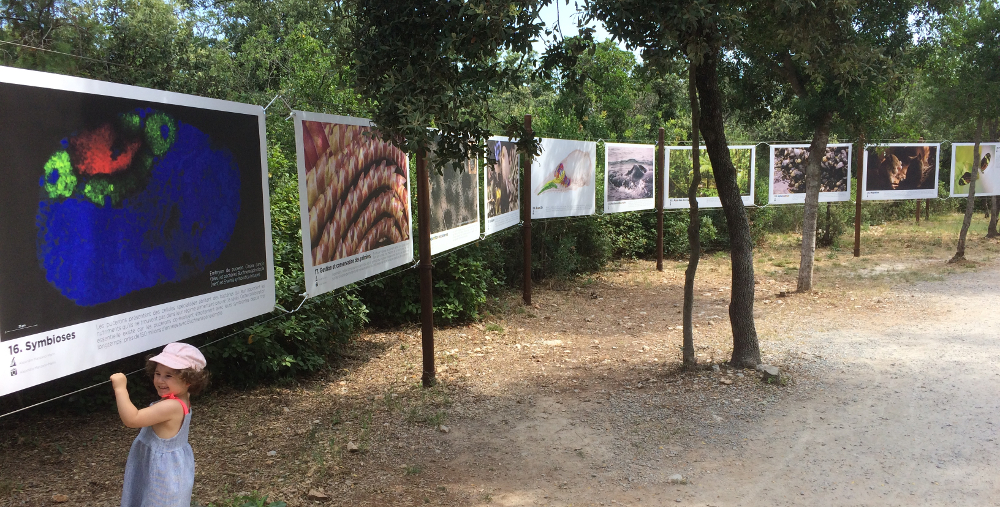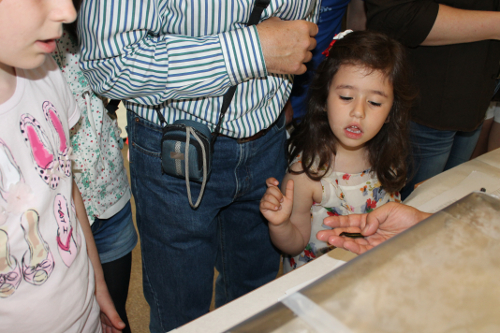Whenever we have the time and get the opportunity, we participate in science outreach. These activities are essential both to educate people in the frontier of science and to communicate our findings to our indirect funders (more often than not research is funded through tax money). We believe this also has the power to counter pseudoscientific industries, notions, and beliefs. You can check out here below a brief description of the outreach activities I have been directly involved in.
Public photo exposition. Les espèces font leur évolution, Zoo Lunaret Montpellier (2018)


This was a public photo exposition organised by the 2nd joint congress on Evolutionary Biology (Evolution 2018) as part of the outreach activities associated to the congress. The photo exposition ran from the 30th of June until the 31st of August, and in a series of pictures contributed by several researchers from local institutions, the public was exposed to the different evolutionary research being conducted in and around the Montpellier area. In the above picture you can see a little girl enjoying, maybe more than I myself do, looking at our FISH image showing an early embryo of the aphid Cinara laricis and its two obligate nutritional bacterial endosymbionts: Buchnera and Erwinia haradaeae. This relates to our research on the role of horizontal gene transfer between endosymbiotic lineages in the emergence of new obligate nutritional symbioses (doi: 10.1101/556274). You can check out here a note and a flyer relating the event (in French).
Open house day. Expociència, University of Valencia Science Park (2010-2013, and 2015)


These events are a regular Open house day organised by the University of Valencia Science Park where the different teams working on mathematics, physics, food engineering, and biology present concepts, principles, and results from the research that is being developed at the Science Park; all through simple experiments and interactive activities. The picture above is from the 2011 activity, where my then group organised an activity related to DNA extraction with household materials from strawberry and liver tissue, while explaining that all living things ave DNA and how do the substances used help extract DNA. This activity was directed towards a young audience, although it did not discouraged some parents to ask questions and participate in it. Also, we organised a DNA origami folding station, where we explained the structure of the DNA double strand and people could take their folded DNA structure. In other years, activities such as an evolution documentary and a Crime scene investigation activities were organised. In the latter, people were exposed to the techniques of DNA amplification and gel electrophoresis to detect marker genes to infer ancestry, and so, correctly identify a “killer” when material containing DNA is left behind.

In 2012, with the collaboration of visiting postdoctoral researcher Dr. Alejandro Oceguera Figueroa, we organised an activity to expose the public to and explain to them the biology and symbiotic interactions of blood-feeding leeches. The people were handed out sheets with simple explanations of the most relevant biological features of leeches and the relationship with endosymbiotic bacteria. In the picture you can see a little girl being shown a medicinal leech (Hirudo verbana). This activity was directly related to our research on the genomics and nutritional role of obligate Providencia siddallii endosymbionts that inhabit the bacteriome of the Mexican leech Haementeria officinalis (doi: 10.1093/gbe/evv188).
 Biology and Evolution of Symbiosis (BESymb)
Biology and Evolution of Symbiosis (BESymb)